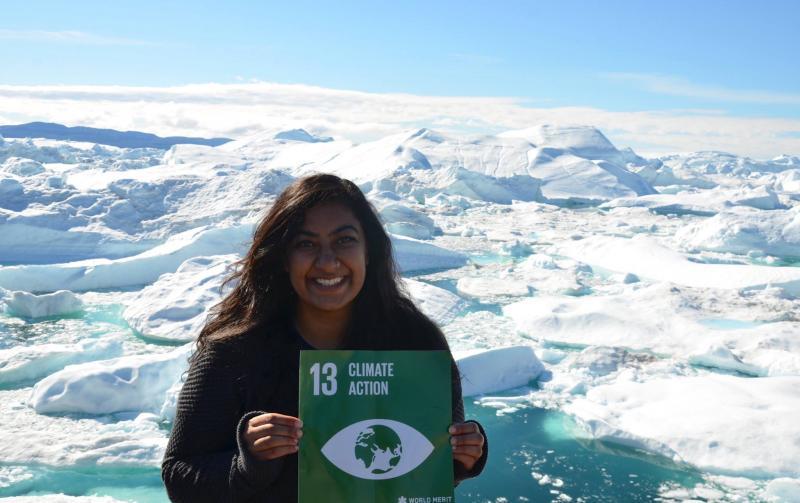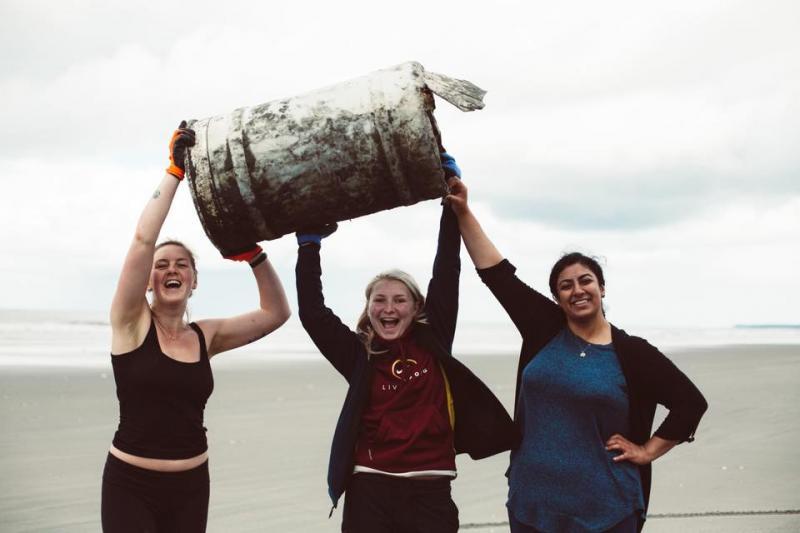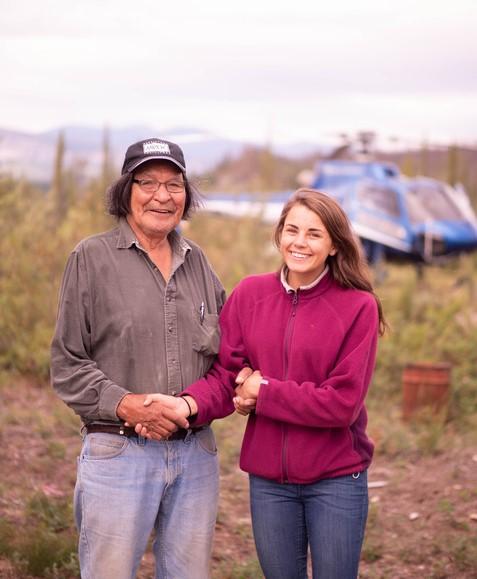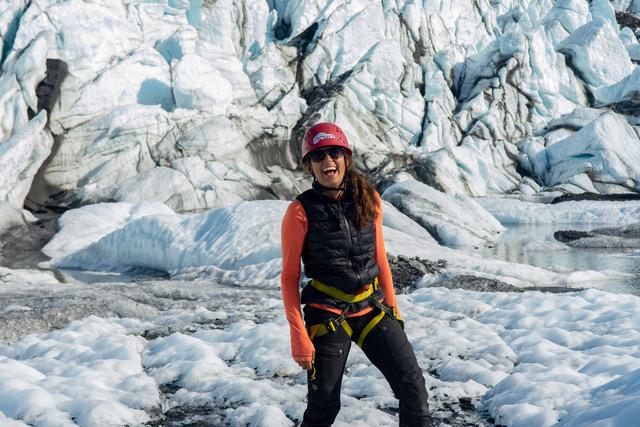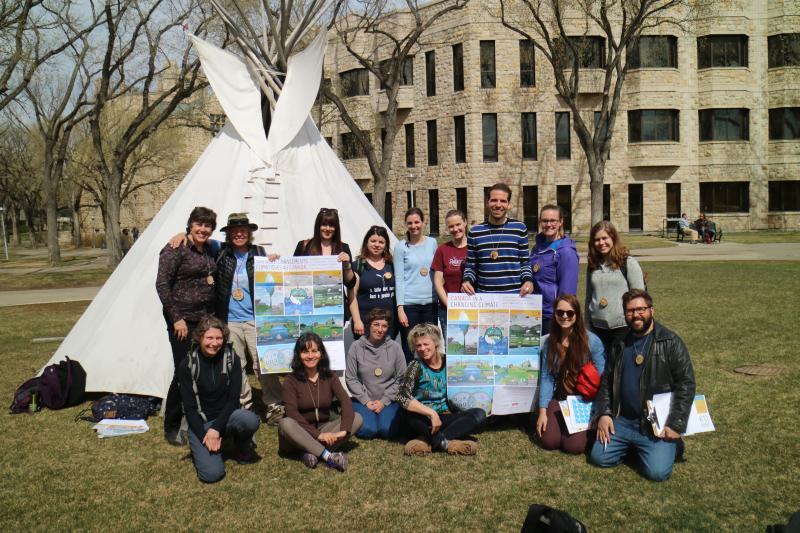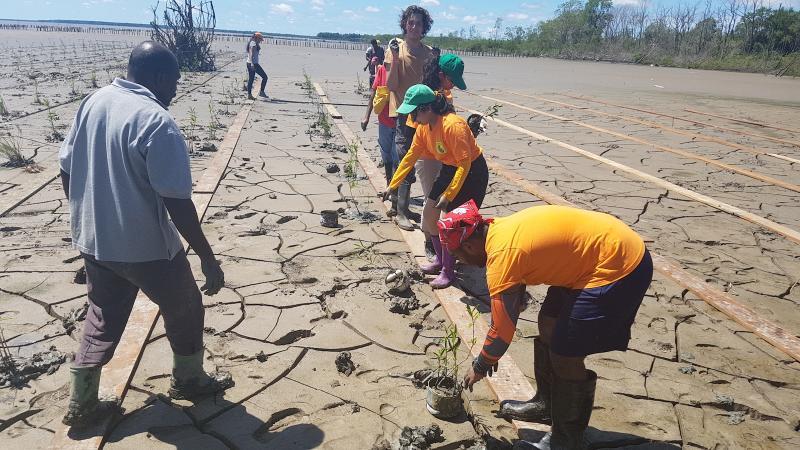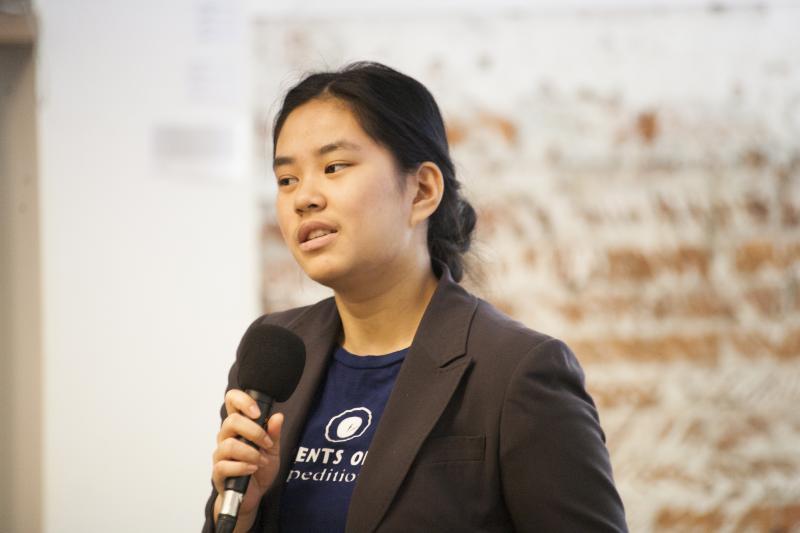Vancouver, BC, Canada SEE OTHER BIOS HERE
Age: 18
Stephanie founded and leads a youth organization focused on promoting all aspects of sustainability.
Tell us about yourself!
Two years ago, I started the Sprout-Save-Share initiative, a project focused on youth environmentalism and minimizing waste.
Through this initiative, and specifically focusing on environmental education, I started the Straw Pledge project. Through this project, we hand out free reusable straws to people in the community, with the goal of having an open conversation about sustainability and helping others become more aware about the plastic they are using. I believe some lifestyle changes are often presented in aggressive ways, and people can feel annoyed or uncomfortable from activists pushing their beliefs upon them. As these methods are not encouraging to members of the community, I find giving them the gift of a reusable straw is a great way to start promoting personal sustainability. Most people respond kindly to our offers, and are even excited about using less plastic. At the end of our conversation about plastic pollution, we ask the person receiving the straw if they will pledge to stop using disposable straws altogether. Through a $1500 grant, we have purchased and distributed 2,250 reusable straws across Canada!
In my senior year of high school, I also co-chaired the Vancouver School Board Sustainability Conference, an event that brings together over 200 students annually for a day of workshops, speakers, and networking. This fall, I will be studying engineering at the University of British Columbia, and I hope to major in a sustainability-related field and be able to create impact on a larger scale!
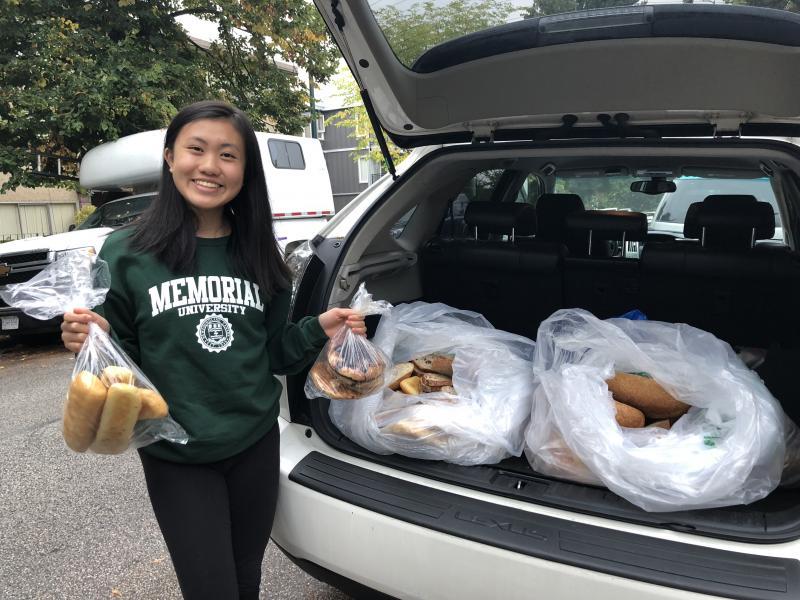
What inspired you to become a champion for environmental education?
Growing up in Vancouver, British Columbia, and being surrounded by mountains and green spaces made it easy for me to fall in love with nature. However, I can pinpoint one particularly transformational moment from the summer of 2017 when I attended Metro Vancouver’s Sustainability Toolbox, a sustainability leadership program for high school students.
On our camping trip, it was late one night and a few of us were feeling restless. We decided to go on a short walk down to a nearby bridge. I remember lying down on the creaky planks of wood, feeling the fresh air against my skin, and looking up at the night sky. I had never seen that many stars before! It was so quiet, with only the wildlife stirring and river humming. The only things that mattered in that moment were the trees and the stars, and I felt a sense of peace and wonder that I had not felt in a very long time. I feel selfish keeping that experience to myself and not allowing future generations to experience it too, so I decided I wasn’t going to sit idle any longer, and I started Sprout-Save-Share!
What advice would you give to the next generation of leaders that are looking to bring about positive change in their communities through EE?
Don’t be afraid of doing something big, but also don’t worry about not doing enough! Climate change and the environment are huge topics, so don’t feel too overwhelmed by all the problems. A few years ago, someone told me, “If people aren’t doubting your dreams, they aren’t big enough,” and I’ve tried to live by that saying!
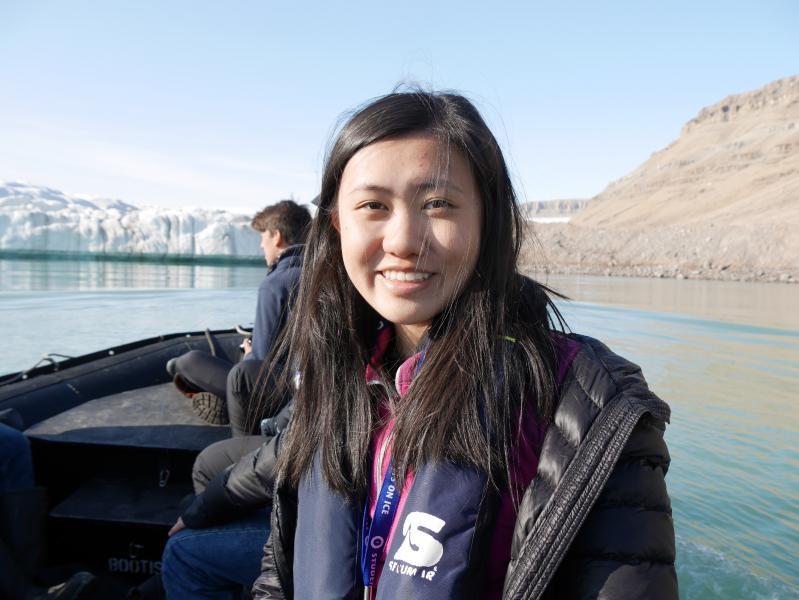
What keeps you motivated, inspired, or hopeful for the future?
While many aspects of our lives segregate us, I believe our passions are what bring us together. Through sustainability, I’ve been able to be part of a kind, caring, and motivated community of environmental activists, which always keeps me hopeful and inspired!
If you had to live in one place for the rest of your life, where would it be?
I have lived in Vancouver for my whole life and I love it here! Although I would love to explore and travel, I still see myself settling down in Vancouver. I just don’t think I can leave the mountains and the water in the Pacific Northwest. With a question like this, it sounds like I would be forcefully tied down to one place, but in reality it’s my hope that I can live in Vancouver long-term!
